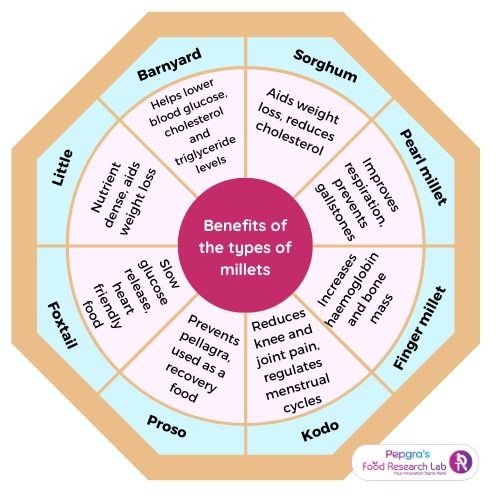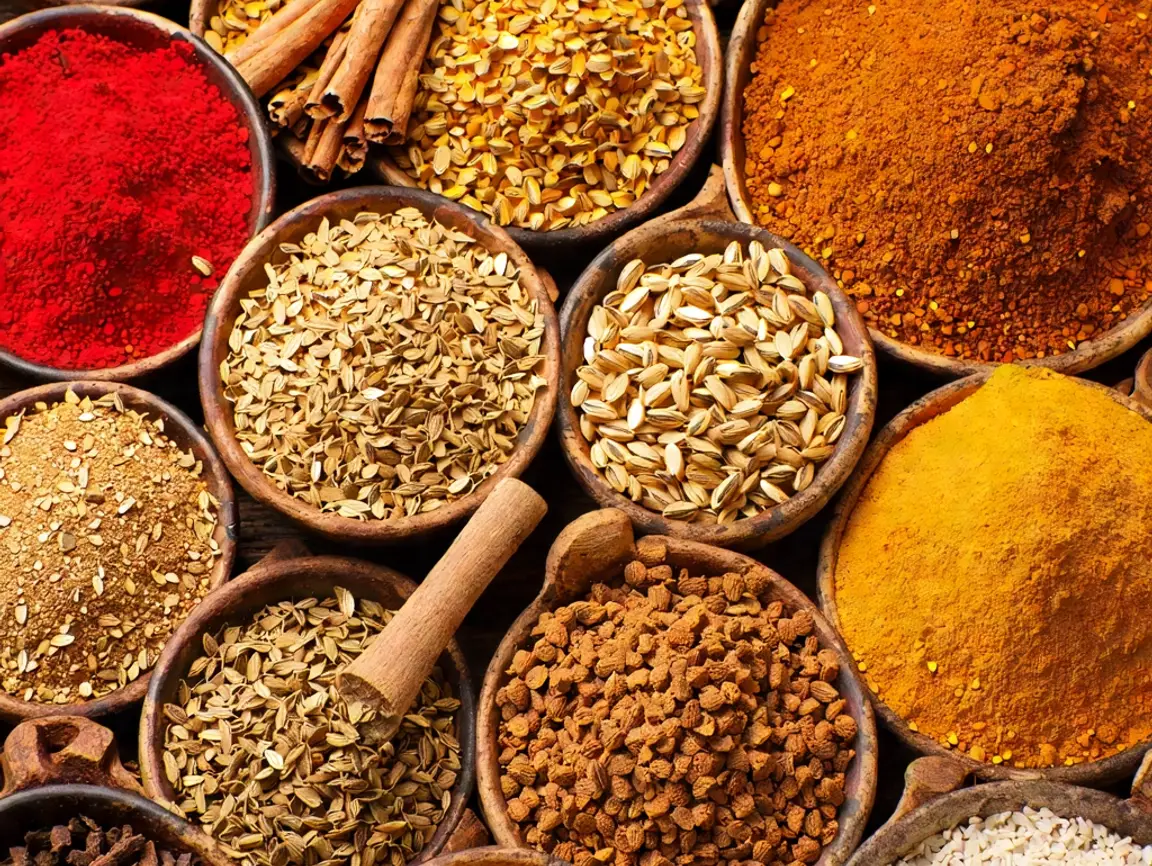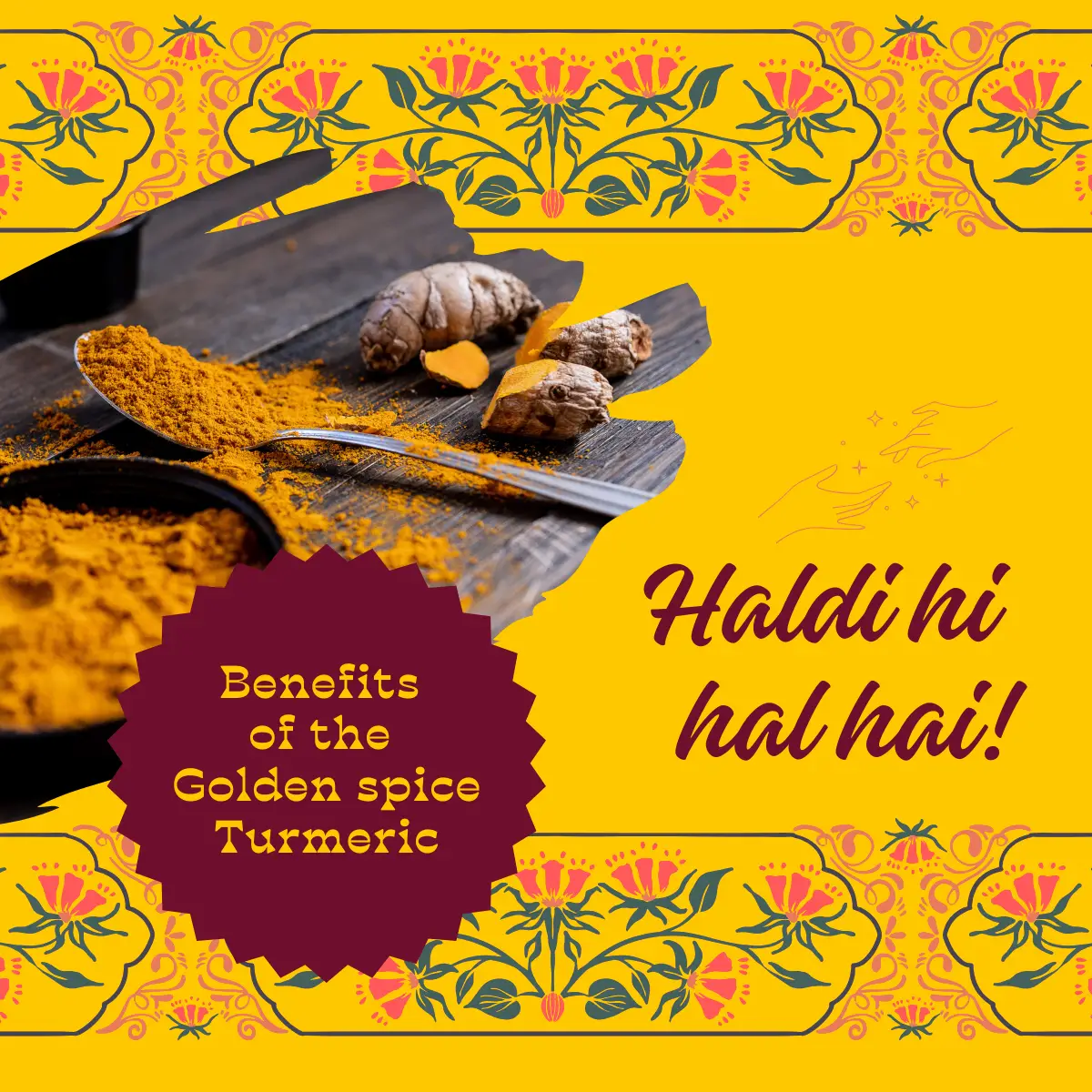
Millets: A Nutritional Powerhouse with Proven Health Benefits
Millets: A Nutritional Powerhouse with Proven Health Benefits Millets are often referred to as “nutri-cereals” due to their exceptional nutritional
Free Shipping on all orders…
Free Shipping on all orders…
8421-69-70-71

Indian cuisine is renowned globally for its intricate and multi-layered flavors, achieved through a masterful blend of spices known as “masalas” in Hindi. These masalas are carefully crafted combinations of various spices, each adding depth, aroma, and a distinct character to Indian dishes. This comprehensive guide delves into the fascinating world of Indian spice blends, exploring their components, benefits, and uses. We invite you to join us on a culinary journey through the top 12 Indian spice blends, each offering a unique window into the rich tapestry of Indian cooking.
Understanding Spice Blends
Spice blends, or masalas, are indispensable in Indian cooking, meticulously formulated to enhance the taste, aroma, and visual appeal of meals. These blends are integral in seasoning, flavoring, and transforming a vast array of Indian recipes, from aromatic curries and fragrant biryanis to delightful snacks and refreshing beverages. The art of creating spice blends has been perfected over centuries, resulting in myriad regional variations. Each blend boasts its unique composition and purpose, making it an essential element in the culinary heritage of India.
12 Must-Know Indian Spice Blends
1. Garam Masala
Ingredients: Typically composed of cinnamon, cardamom, cloves, black peppercorns, and bay leaves, with variations including nutmeg, mace, and cumin.
Benefits: Known for imparting warmth and complexity to dishes, it aids digestion, boosts metabolism, and provides antioxidants.
Usage: Add towards the end of cooking to preserve its aroma. Ideal for stews, gravies, rice dishes, and even desserts like chai-spiced cookies.
2. Curry Masala
Ingredients: Contains coriander, cumin, turmeric, fenugreek, mustard seeds, fennel seeds, and red chili powder.
Benefits: Celebrated for its anti-inflammatory properties, it supports digestion and enhances immune function.
Usage: Perfect for a variety of curry dishes. Sauté with onions and tomatoes to form a base for diverse curries.
3. Chaat Masala
Ingredients: A tangy mix of amchur (dried mango powder), black salt, cumin, coriander, and red chili powder.
Benefits: Promotes digestion, acts as a natural coolant, and elevates the flavor of snacks.
Usage: Sprinkle over fruit salads, street foods like chaat, and grilled vegetables for a zesty kick.
4. Biryani Masala
Ingredients: Comprises cinnamon, cloves, cardamom, bay leaves, black cumin, and star anise.
Benefits: Renowned for its aromatic properties, it aids digestion and offers mild pain relief.
Usage: Essential for flavoring rice dishes like biryani and pulao.
5. Chai Masala Powder
Ingredients: Typically includes cardamom, cinnamon, cloves, ginger, and black peppercorns.
Benefits: Aids digestion, boosts metabolism, and provides warmth during colder months.
Usage: Add to tea leaves when brewing or infuse into milk for chai lattes.
6. Sambhar Masala
Ingredients: Made with coriander, cumin, mustard seeds, fenugreek seeds, and red chili powder.
Benefits: Supports digestion, supplies essential vitamins, and is a rich source of dietary fiber.
Usage: Crucial for preparing South Indian dishes like sambhar and rasam.
7. Kitchen King Masala
Ingredients: A versatile blend typically containing coriander, cumin, red chili powder, and turmeric.
Benefits: Infuses flavor into a variety of dishes and offers anti-inflammatory benefits.
Usage: Use as a go-to seasoning for vegetables, gravies, and stir-fries.
8. Shahi Paneer Masala
Ingredients: Includes cashews, almonds, and aromatic spices like cardamom, cloves, and mace.
Benefits: Enhances richness, provides energy, and improves brain function thanks to its nut content.
Usage: Ideal for luxurious and creamy Indian dishes such as Shahi Paneer.
9. Chole Masala Powder
Ingredients: A blend of dried mango powder, cumin, coriander, cinnamon, and cloves.
Benefits: Aids digestion, balances acidity, and provides essential vitamins and minerals.
Usage: Essential for making chickpea dishes like Chole Bhature.
10. Pav Bhaji Masala Powder
Ingredients: Comprises coriander, cumin, red chili powder, dry mango powder, and fennel seeds.
Benefits: Adds flavor and color, aids digestion.
Usage: Integral for preparing the iconic Mumbai street food, Pav Bhaji.
11. Dal Makhani Masala Powder
Ingredients: Consists of black cardamom, cloves, and other aromatic spices.
Benefits: Enhances the taste of lentils, provides warmth, aids digestion.
Usage: Essential for crafting the popular North Indian dish, Dal Makhani.
12. Pani Puri Masala Powder
Ingredients: Typically includes black salt, cumin, and tamarind.
Benefits: Amplifies the flavor of the beloved street food, Pani Puri (Golgappa).
Usage: Mix with tamarind pulp and water to create the spicy and tangy Pani for Pani Puri.
Indian spice blends form the backbone of Indian cooking, offering a wide spectrum of flavors that cater to diverse tastes and preferences. These meticulously curated mixtures not only enhance the taste and aroma of dishes but also provide numerous health benefits. From the fiery warmth of Garam Masala to the tangy zing of Chaat Masala, each spice blend contributes its unique essence to the Indian culinary scene. Whether you are an experienced chef or a culinary novice, exploring these spice blends will undoubtedly open up a world of culinary possibilities. Dive into the vibrant world of Indian spice mixes and let your taste buds embark on a delightful and aromatic journey.
Common Questions About Spice Blends
How should Indian spice blends be stored?
To maintain the freshness and flavor of Indian spice mixes, store them in airtight containers in a cool, dry place away from direct sunlight. Avoid exposure to moisture or heat, as this can cause clumping and deterioration of flavor.
Do spice blends offer health benefits?
Yes, many Indian spice blends offer health benefits. They can aid in digestion, enhance metabolism, provide antioxidants, and possess anti-inflammatory properties. However, the specific health advantages may vary depending on the blend and its precise ingredients.
Where can authentic Indian spice blends be found?
Authentic Indian spice mixes are available at Indian grocery stores, specialty spice shops, and online retailers specializing in Indian spices and ingredients. Look for reputable brands and check ingredient lists for authenticity and quality. Alternatively, crafting your own spice blends at home using whole spices can offer an authentic and personalized experience.

Millets: A Nutritional Powerhouse with Proven Health Benefits Millets are often referred to as “nutri-cereals” due to their exceptional nutritional

Turmeric, with its brilliant golden color and captivating, earthy aroma, boasts a history as opulent as its flavor profile. This